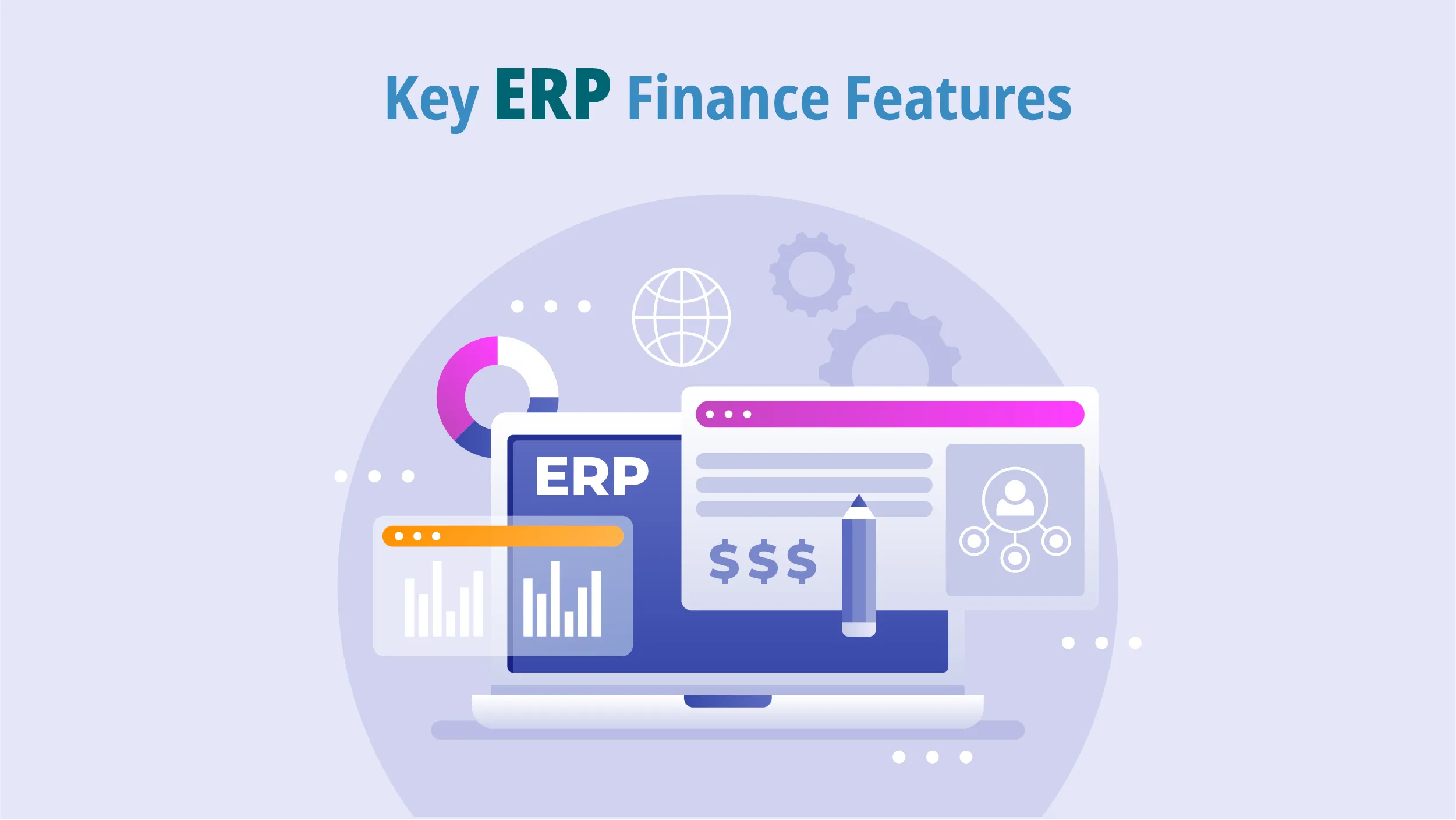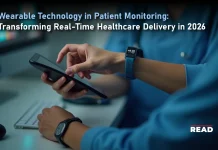Enterprise resource planning (ERP) software has become the backbone of modern businesses. The tool is being used to manage various aspects of business, including financial cash flows, inventory management, enterprise resource planning, and others.
The finance and accounting features of the ERP tool provide in-depth information and reports about the organization’s financial performance. Each business, irrespective of its size, type, or industry, needs a robust tool to overcome financial mistakes and challenges. Moreover, these features of ERP solutions help organizations to have efficient solutions to their finance-related issues and achieve financial automation. In this blog, let us have a look at the features and best practices to achieve financial automation using ERP software.
How does ERP work in finance?

Enterprise Resource Planning (ERP) Software is utilized in financial management by offering a central database that simplifies processes, reduces costs, and enhances security. These platforms integrate multiple work processes, improving operational efficiency and reducing manual labor. It has all-inclusive functionalities for tracking financial activities, handling expenditures, budgeting, and evaluating risks. Using ERP software for financial management allows enterprises to extract valuable information into their financial performance, assisting them in making informed decisions.
Furthermore, the ERP tools are integrated with advanced security functionalities that safeguard sensitive financial data from unauthorized access. The software ensures that the financial operations are executed with utmost confidentiality and enables organizations to focus on their crucial goals.
ERP finance platforms have comprehensive financial management features.
Key ERP Finance Features

The ERP finance module plays a critical role in the enterprise resource planning software solution. It has the following features that streamline various financial tasks:
- General Ledger (GL): This functionality tracks, monitors, and maintains all the records of financial transactions.
- Accounts Payable (AP): Accounts payable help the accounting team to keep track of the external cash flows, such as vendor payments.
- Accounts Receivable (AR): Accounts departments can use this functionality to manage inward cash flow, like incoming client payments.
- Asset Management: This finance feature of the ERP system allows teams to track all the assets of the company with their descriptions.
- Cash Management: Businesses can use this feature to handle and track cash flows.
These features of the ERP finance module cohesively work together to seamlessly offer a holistic financial suite that simplifies the workflows and improves cash flow visibility.
A comprehensive ERP tool will have multiple modules integrated into the system that focus on particular business aspects such as procurement, manufacturing, and finance. These modules are required for efficient performance of multiple business operations.
Also Read: What Is Data Orchestration In Banking?
Let us now have a microscopic view of the two key features of the ERP finance module:
1. General Ledger and Financial Reporting
The general ledger is a central database for all financial transactions. The following are the primary functions of this module:
- Monitoring: Track each financial transaction automatically
- Consolidation: Gathering data from various departments or subsidiaries for a holistic view through a single pane of glass
- Reporting: Offering valuable insights for financial reports that are necessary for both internal and external stakeholders
Enterprises can refer to the general ledger to create correct financial statements to comply with reporting needs.
2. Accounting and Financial Management
The accounting features in an ERP finance module include:
- Managing all records related to financial transactions
- Comply with accounting requirements
- Offering valuable insights for financial management operations
Efficient financial management includes overlooking resources, eliminating risks, and improving profit margins by using the data gathered in the ERP system. ERP finance software provides in-depth financial analysis and prediction tools for long-term planning of operations and data-driven decision-making.
10 Best practices For Achieving Financial automation using ERP software
Determining how the ERP tool accelerates financial automation to the next paradigm of opportunities is just one side of the coin. It is critical to embrace the best practices that help enterprises reap the benefits of the software and features it offers to the users.
1. Have a Strategic Roadmap
Businesses can start their journey for achieving financial automation using ERP software by determining clear goals for the finance automation journey. Finance teams need to understand their organization’s unique requirements and pain points. Once they identify the needs, it is crucial to align them with the features of the selected ERP solution. A well-defined roadmap forms a strategic foundation for achieving financial automation.
2. Map the Entire Processes
It is crucial to map the current finance operations thoroughly to determine the areas that could be automated. The key factor that would help businesses achieve their finance automation goals is when ERP tools seamlessly integrate with the work operations. Enterprises can customize the software to align with their particular processes to achieve optimal efficiency.
3. The Quality of Data
Before implementing any ERP tool for financial automation, ensure that the data stored on servers have integrity. It is crucial to clean and structure the data to avoid errors while achieving financial automation using the ERP system.
4. Effective Change Management
Embracing financial automation will have a significant influence on work operations and roles. It is critical to include all the stakeholders earlier in the implementation discussion process and communicate the advantages clearly to gain buy-in. Businesses can offer training and support to assist the workforce to adapt to new processes and tools.
5. Seamless Data Integration
Integrating the ERP software with other tools and software like inventory management solutions or customer relationship management (CRM) systems plays a significant role. A seamless integration with other systems offers a holistic view of the entire information across the enterprise and allows a smooth data flow.
6. Constant Monitoring
Organizations should constantly track the performance of financial automation using ERP software. Finance teams can set up alerts to detect and react to issues proactively. Optimizing workflows depending on real-time feedback can help achieve the desired finance automation goals.
7. Scalability
Select an ERP solution that scales with the organization’s growth. Decision-makers need to ensure that the software can handle the higher volume of transactions, complexity, and users as the business grows.
8. Proactive Vendor Support
The relationship with the ERP vendor needs to be transparent and reliable. Businesses can take advantage of their expertise for successful implementation. Vendors that release constant updates and resolve downtime quickly are reliable vendors. These vendors can assist throughout the finance automation journey.
9. Continuous Enhancements
Finance automation is a continuous process that needs to be constantly evaluated to determine more automation opportunities and effective utilization of existing features.
10. The ERP System for Financial Automation Should Have the Flexibility to Change
As the business landscape constantly evolves, the ERP software should also have the ability to adapt to the change. The platform needs to be flexible enough to adjust to the modifications in the rules, market landscape, and business operations. The best ERP tool to achieve financial automation needs to adapt to the evolving business demands.
Achieving Financial Automation Using ERP Software
Businesses that want to achieve financial automation using ERP software need to integrate the right solution in the enterprise tech stack to achieve their goals. Additionally, the integration process needs to be well established. This allows enterprises of all sizes and industries to have effective financial planning, assurance, and control of sensitive data and reduce the workload on resources.




